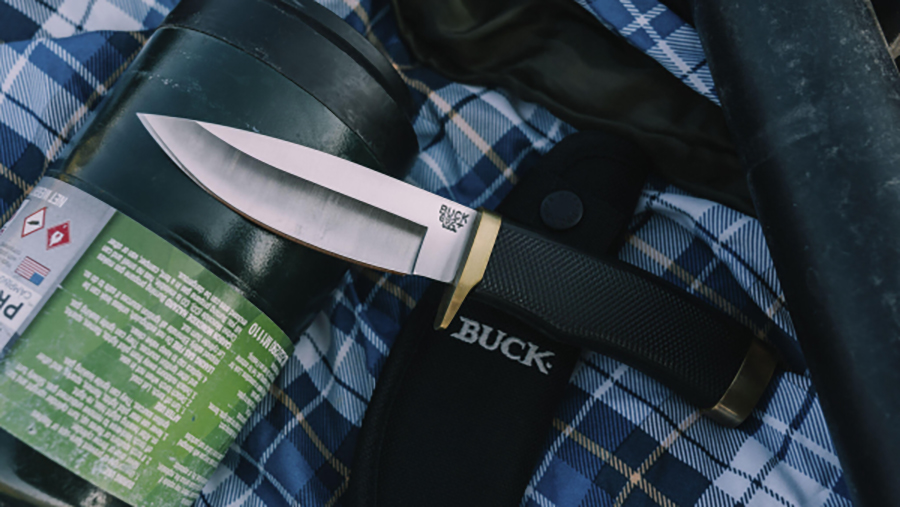Buck Knives has a long history in the industry, spanning five generations of the Buck family from 1902 to the present day.
Widely recognized globally in the hunt, outdoor and everyday carry (EDC) knife market, it offers these tips for selecting the best hunting knife.
- Base the first selection criteria on the knife’s primary purpose when choosing the blade style, ranging from the thinner clip point design, such as that found on Buck Knives’ Model 110 Folding Hunter Knife, to the Model 113 Ranger Skinner knife with a larger curved-belly style.
- Materials matter; quality steel and handle components ensure you can sharpen the knife and easily hold and control it. Textured handles, like Buck Knives’ Alpha Guide, or rubber handles, like those found on Buck Knives’ 692 Vanguard, ensure the user has control of the knife and the blade. To decrease the chances of losing the knife, consider one with an orange handle, like 656 Pursuit Large Buck Knife.
- Features can be helpful. Buck Knives offers several knives with a guthook on the back of the blade, including the 191 Zipper knife with a Walnut DymaLux handle or the Model 691 Buck Zipper Knife with a rubber handle against a brass guard and pommel.
- Determine whether you prefer a folding knife for more compact storage or a fixed-blade knife. Both styles offer advantages.
- Look and feel should also be considered when selecting a hunting knife. Does it feel right in the hand when grasped, and does the knife meet your personal preferences in materials and overall style?
- The use of quality materials and craftsmanship indicates the knife’s retail price. Buy carefully.
- Warranties are useful with hunting knives. Buck Knives are covered under Buck’s Forever Warranty.
Along with a wide range of fixed-blade and folding hunting knives, Buck Knives produces numerous EDC knives and kitchen cutlery.
Image courtesy Buck Knives











